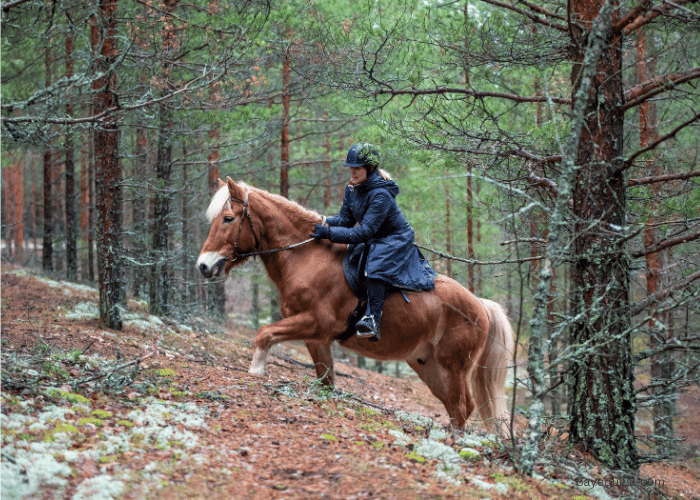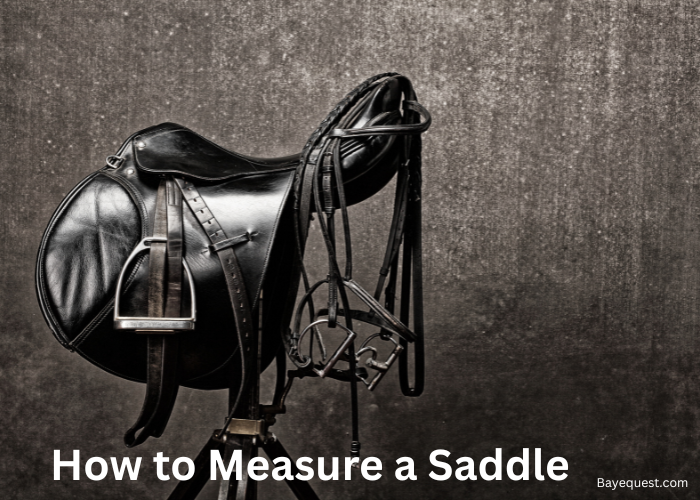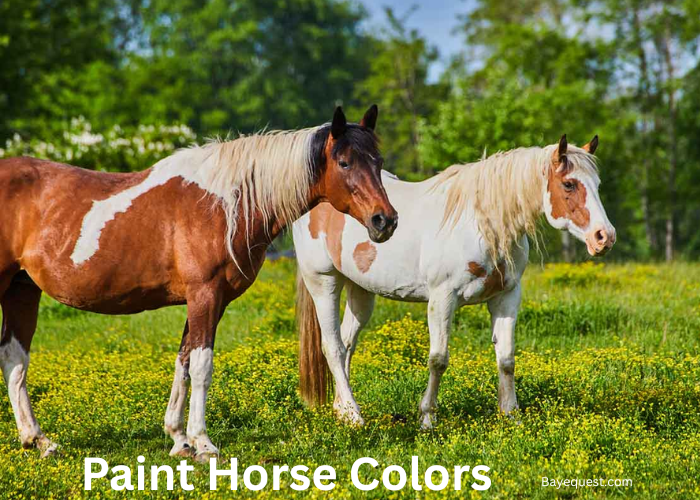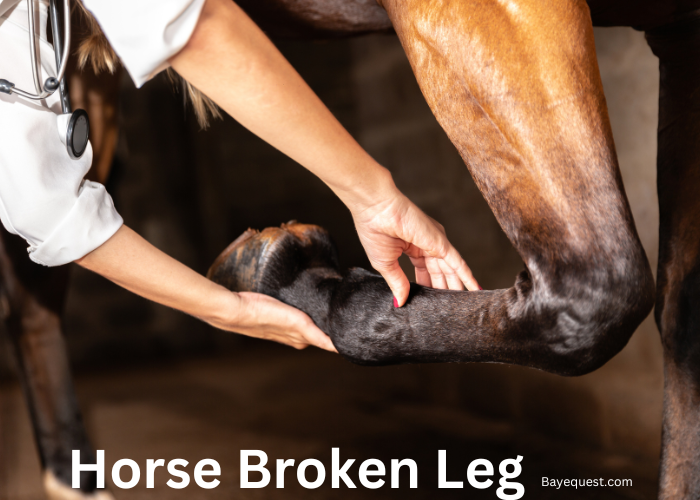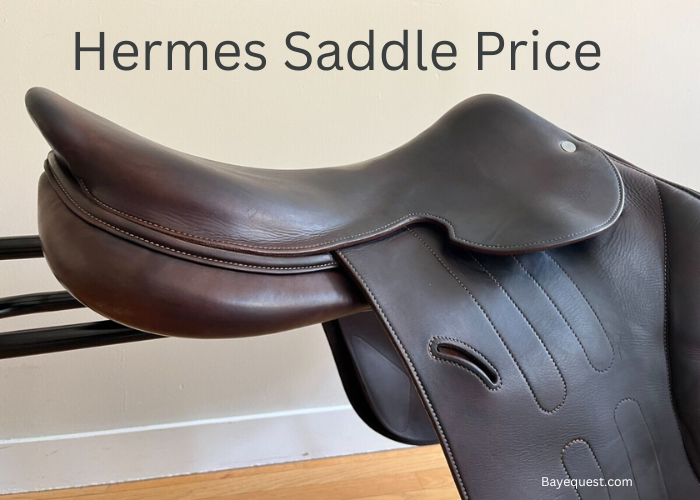Did you know that horseback riding can burn as many calories as a brisk jog? As an experienced equestrian, I understand the importance of having the right gear.
Whether you’re a beginner or a seasoned rider, having a comprehensive horseback riding equipment list is crucial. This article will guide you through the essential items every rider needs to ensure a safe and enjoyable experience.
From helmets to boots, we’ve got you covered. So, saddle up and let’s dive into the must-have gear for every horseback rider.
Essential Horse Riding Equipment for the Rider
The following essentials form your armor, your comfort, and your connection to your horse. They ensure every ride is as safe as it is exhilarating.
Boots
Riding boots do more than complete your attire. They are a fundamental safety feature.
Offering support to your ankles, protection for your feet, and the right grip on the stirrups, they ensure you stay mounted, no matter the ride’s rigor.
To wear them, slide your feet in, zip or pull them up snugly, and feel the firm ground they provide. They shield you from accidental trampling and give you that essential sturdy stance when on the ground.
Riding pants
When you slip into a pair of riding pants, you’re not just choosing comfort. You’re choosing protection.
These pants, be they breeches, jodhpurs, or tight-fitting jeans, are crafted to prevent chafing against the saddle. They’re snug, ensuring nothing flaps or distracts your steed, and offer a layer of defense against the friction that comes with a long ride.
To wear them, simply step in, pull them up, and secure them at the waist. They’re designed to move with you, allowing flexibility for every jump, trot, and gallop.
Shirt
A good riding shirt is like a second skin—it protects without restriction. Look for materials that breathe and wick away sweat, keeping you cool under the sun or during intense training sessions.
These shirts often come with a collar, adding a touch of tradition to your ensemble. To put one on, just button up or zip up, and tuck it into your riding pants for a neat, streamlined look.
It’s your shield against the elements, be it the blazing sun or a sudden chill.
Gloves
Gloves might seem minor, but in the realm of horseback riding, they’re pivotal. They prevent blisters and protect your hands from the reins’ constant rub.
More than that, they ensure a steady grip, so no matter the sweat or rain, you stay in control. Slip them onto your hands, adjust for comfort, and feel the reins rest securely in your grasp.
They’re your direct line to your horse, enhancing communication through the touch.
Riding helmet
The helmet isn’t just an accessory; it’s a lifesaver. Cradling your head in a hard shell, it’s designed to absorb impact, protect your skull, and, quite frankly, save your life.
Fitting a helmet is crucial: it should sit snugly, not tight enough to squeeze, nor loose enough to wobble. Fasten it securely under your chin, and let it shield your greatest asset against falls or unforeseen accidents.
It’s your undeniable ally in safety. Find out more about the right horse-riding helmets in our comprehensive guide.
Safety vest
The safety vest wraps around you like a hug, offering a cushion against impacts that might come from falls. It’s like the airbags in a car—there when you need it, unobtrusive when you don’t.
Putting on a safety vest is straightforward. Slide it over your head, secure it around your torso, and adjust for a snug fit.
It protects your spine, ribs, and internal organs, acting as a barrier that absorbs and distributes force away from your body.
Read also: Best horse breeds for trail riding.
Essential Equipment for Horses
Before you begin horse riding, ensure you have the following items:
Saddle, saddle pad, and girth
Think of the saddle as the throne upon which you sit, a crucial link between you and your horse. It’s designed to distribute your weight evenly across the horse’s back, minimizing strain.
The saddle pad acts like a cushion beneath the saddle, protecting the horse from rubbing and pressure points. It’s the unsung hero, ensuring the saddle sits snug without causing discomfort.
The girth secures the saddle, wrapping around the horse’s belly gently. When fastening a girth, it’s like giving your horse a firm hug.
Together, these elements ensure your horse is protected, comfortable, and ready for any adventure.
Related read: How Much Do Saddles Weigh?
Bridle
The bridle is more than just a set of straps. It’s your main communication line with your horse. Fitting around the horse’s head, it helps you guide and direct, gently signaling your intentions.
Choose a bridle that fits well, avoiding any pinch points or discomfort. The bridle respects the delicate balance between guidance and comfort.
Reins
Reins are the strings of this delicate dance, connecting your hands to the bridle and thus to your horse. They allow you to steer, slow down, or speed up with subtle movements.
Holding the reins, you communicate your wishes through a language of gentle tugs and releases. It’s vital to maintain a soft grip, ensuring that your guidance is always felt as a suggestion, not a demand.
In this way, reins help protect the horse from confusion and undue stress, making your ride together a harmonious journey.
Bit
The bit rests in the horse’s mouth, a pivotal point of communication. It’s how you convey nuanced messages with the slightest of pressures.
Choosing the right bit is about understanding your horse’s comfort and needs. A well-chosen bit allows for effective communication without causing discomfort or harm.
It preserves the horse’s mouth and ensures mutual respect in the guidance you provide.
Read also: Different Horse Bits.
Stirrup leathers and irons
Stirrup leathers and irons are your footholds, your connection to the horse beneath you. They allow you to balance, rise, and adjust your position with grace.
Attached to the saddle, they must be adjusted to the correct length to match your leg. They ensure you can stand and sit with ease without straining your horse’s back.
The irons offer a stable platform for your feet, while the leathers bear your weight without adding pressure to the horse. Together, they ensure both your stability and your horse’s comfort.
Read also: Are Horse Shoes Uncomfortable?
Grooming and Care Tools
The following grooming and care tools not only maintain the health and happiness of your horse but also strengthen the bond between you.
Curry comb
Imagine starting your grooming session with a massage for your horse. That’s the curry comb’s role.
It’s designed to loosen dirt, dust, and dead hair from the horse’s coat, stimulating the skin to produce natural oils.
As you make circular motions with the curry comb, you’re not just cleaning; you’re enhancing your horse’s coat health, promoting circulation.
Body brush
After the curry comb comes the body brush, a tool to sweep away the loosened debris and bring out the shine in your horse’s coat.
Its softer bristles glide over the horse’s body, removing finer particles and distributing oils for a glossy finish. It’s like applying the final polish.
It ensures your horse doesn’t just feel good but looks stunning, too.
Hoof pick
The hoof pick is akin to checking the shoes before a run. It’s used to clear stones, dirt, and debris from the horse’s hooves, preventing discomfort and potential lameness.
As you lift each hoof, gently clear the crevices with the pick. This act of care protects against infections and injuries.
Mane and tail comb
Tending to the mane and tail with a comb does more than detangle. It’s a gesture of attention and pride. It keeps the hair free of knots, reducing breakage and maintaining a healthy, flowing appearance.
This grooming step is like the detailed work of an artist. It adds the finishing touches that transform a portrait from good to mesmerizing.
Fly spray
Fly spray serves as an invisible shield, protecting your horse from the annoyance and potential harm of biting insects. By applying fly spray, you’re not just improving your horse’s comfort.
You’re preventing distractions and stress that can come from constant swatting and biting. It’s a layer of care that speaks volumes, saying, “I’ve got you covered.”
Horse blanket or sheet
Depending on the weather, a horse blanket or sheet provides warmth in the cold, protection from the sun or a barrier against insects. It’s like choosing the right coat for the day, ensuring your horse’s comfort regardless of the conditions.
Putting on a horse blanket is preparing your horse for the elements, enveloping them in a hug that says, “I’m keeping you safe.”
First aid kit
Having a first aid kit on hand is a testament to preparedness. It’s the tool that equips you to address cuts, scrapes, or other minor injuries quickly, preventing complications.
Each item in the kit, from bandages to antiseptics, represents a commitment to health and well-being. It’s the peace of mind of knowing you’re ready to care for your horse in its moment of need.
Fly repellent
Like fly spray, fly repellent might come in different forms, like masks, ear nets, or leg wraps, offering targeted protection against pests. Applying fly repellent is an additional step in ensuring your horse’s peace and concentration.
It’s an extra measure of comfort, keeping irritants at bay so your horse can focus on being their best, most relaxed self.
Related read: Reasons to Cover Horse Eyes.
Essential Training Aids Equipment
Lunging equipment
Lunging horses is like the solo rehearsal for the big performance. Your horse can practice the basics without a rider’s added weight or direction.
The core of lunging equipment includes a lunging line, a lunging whip, and sometimes a lunging surcingle.
This setup allows you to control the horse’s movement in a circle, guiding them to walk, trot, canter, and halt on command.
It’s not just about physical exercise. It’s about building communication, respect, and understanding between you and your horse. As you hold the line, you’re teaching your horse to listen and respond to your cues.
Training martingale
A training martingale is like the guide rails in bowling. It helps keep things heading in the right direction without taking away the challenge.
This equipment is designed to discourage the horse from raising their head too high. This promotes a more vertical head position that’s desirable in many riding disciplines.
When used correctly, the martingale allows for a wide range of movement. Luckily, it provides gentle correction if the horse tries to evade the bit by throwing its head up.
Side reins
Side reins are the sidekick in your training toolkit. They are used during lunging to encourage the horse to maintain a consistent head and neck position.
Attached between the girth and the bit, side reins offer a steady contact that mimics the feeling of a rider’s hands on the reins.
As with any training aid, the key is in the adjustment. Too loose, and they’re ineffective; too tight, and they’re restrictive.
Properly adjusted side reins guide the horse towards self-carriage.
Horse Health and Safety Equipment for a Horse
Horse blankets
Horse blankets are the all-weather friends of your equine companion, tailored to protect, warm, or cool them as needed. Just as we pick our attire based on the weather, horse blankets come in varieties.
Wrapping your horse in the appropriate blanket is like giving them a shield against the elements. It’s a simple gesture that speaks volumes about care and attention to their well-being.
Here’s our simple guide on how to clean horse blankets.
First aid kit
The first aid kit is your ready response to bumps, scrapes, and more serious health concerns that can arise in a horse’s daily life.
Stocked with essentials like wound cleanser, bandages, antiseptic ointment, and scissors, it’s the frontline defense against minor injuries turning into major issues.
Having a well-prepared first aid kit is like having a peace-of-mind toolbox. It equips you to handle unexpected situations promptly and effectively.
Fly mask
A fly mask serves as a horse’s guardian against flying pests’ annoyance and potential harm.
Designed to fit snugly over the horse’s head, it shields the eyes, ears, and sometimes the nose from flies, dust, and UV rays without impairing vision.
This simple piece of equipment can enhance a horse’s quality of life. It’s an act of kindness, ensuring your horse’s days are as carefree as possible.
Hoof boots
Hoof boots are the versatile footwear for horses. They offer protection, support, and sometimes healing.
They’re used for a variety of reasons. To shield a barefoot horse’s hooves on rough terrain, to provide extra cushioning for a horse with hoof sensitivity, or to protect a treated hoof while it heals.
Slipping a hoof boot on is like giving your horse custom sneakers. They get the protection they need without the permanence of shoeing, allowing for natural hoof health and growth.
Related read: Best hoof boots for trailing.
FAQs
What NOT to buy for a horse?
When it comes to equipping your horse, more isn’t always better. Avoid gadgets and gear that promise quick fixes to training or behavior issues. Tools like tight nosebands or harsh bits can do more harm than good, causing discomfort or pain. Steer clear of poorly fitting tack, which can lead to sores and injuries.
Is it possible to ride a horse without any tack?
Yes, it is possible to ride a horse without any tack, known as bareback riding. This method requires a strong seat, balance, and a deep understanding and trust between horse and rider. While it offers a unique connection and can be beneficial for developing balance and a feel for the horse’s movements, it’s not recommended for beginners.
What should I wear horseback riding?
When horseback riding, wear long pants and boots with a small heel for safety and comfort. Avoid loose clothes or dangling accessories. I also recommend a safety helmet. Choose breathable fabrics and layer as needed. The right outfit keeps you focused, secure, and ready to enjoy the ride. For more information on what to wear when riding horses, check out our other blog.
Horseback Riding Equipment List: Conclusion
The bond between horse and rider is sacred. It’s a partnership built on trust, respect, and the right gear.
Every piece plays a crucial role, from the essential tack that ensures safety and communication to the grooming tools that express care and attention. Remember, it’s not about having the most equipment but the right equipment.
Choose wisely, prioritize your horse’s comfort and health, and cherish your journey together.
Also, check out our article on breaking horses to understand the steps to train and develop a deeper connection with your horse while ensuring a positive and effective training experience.




